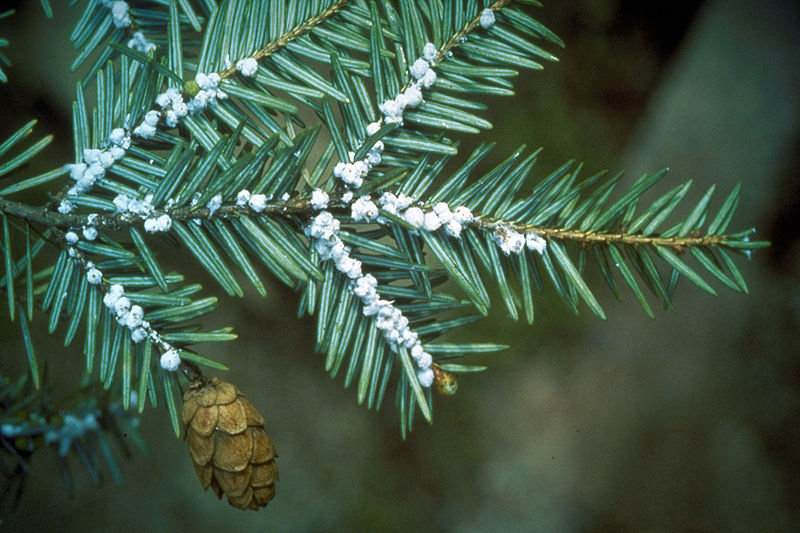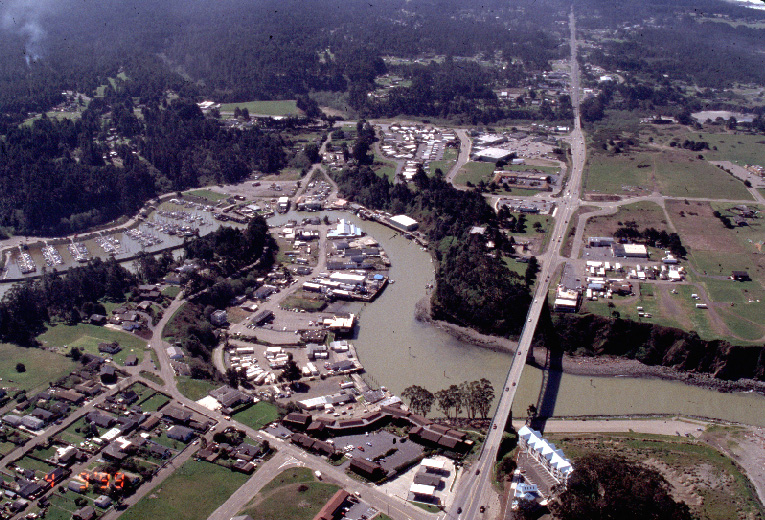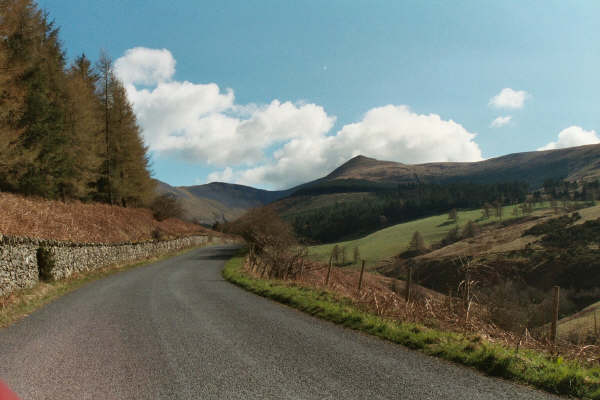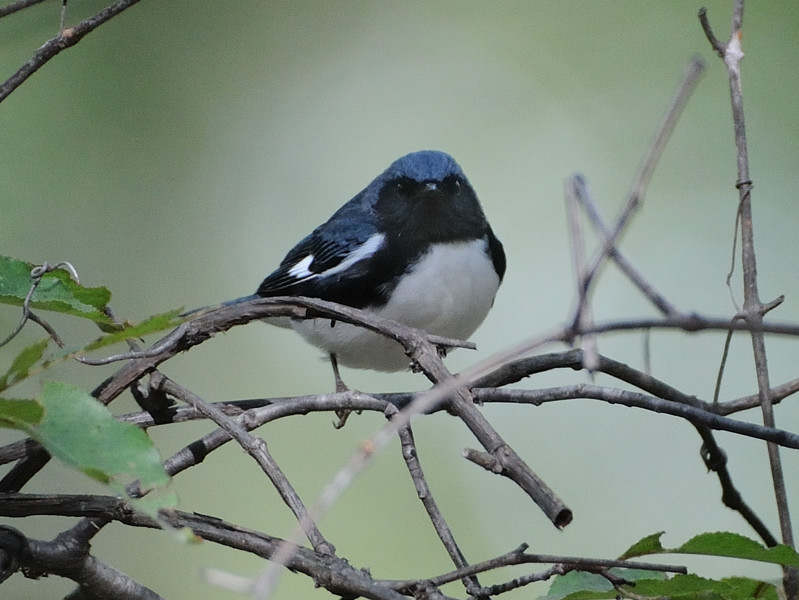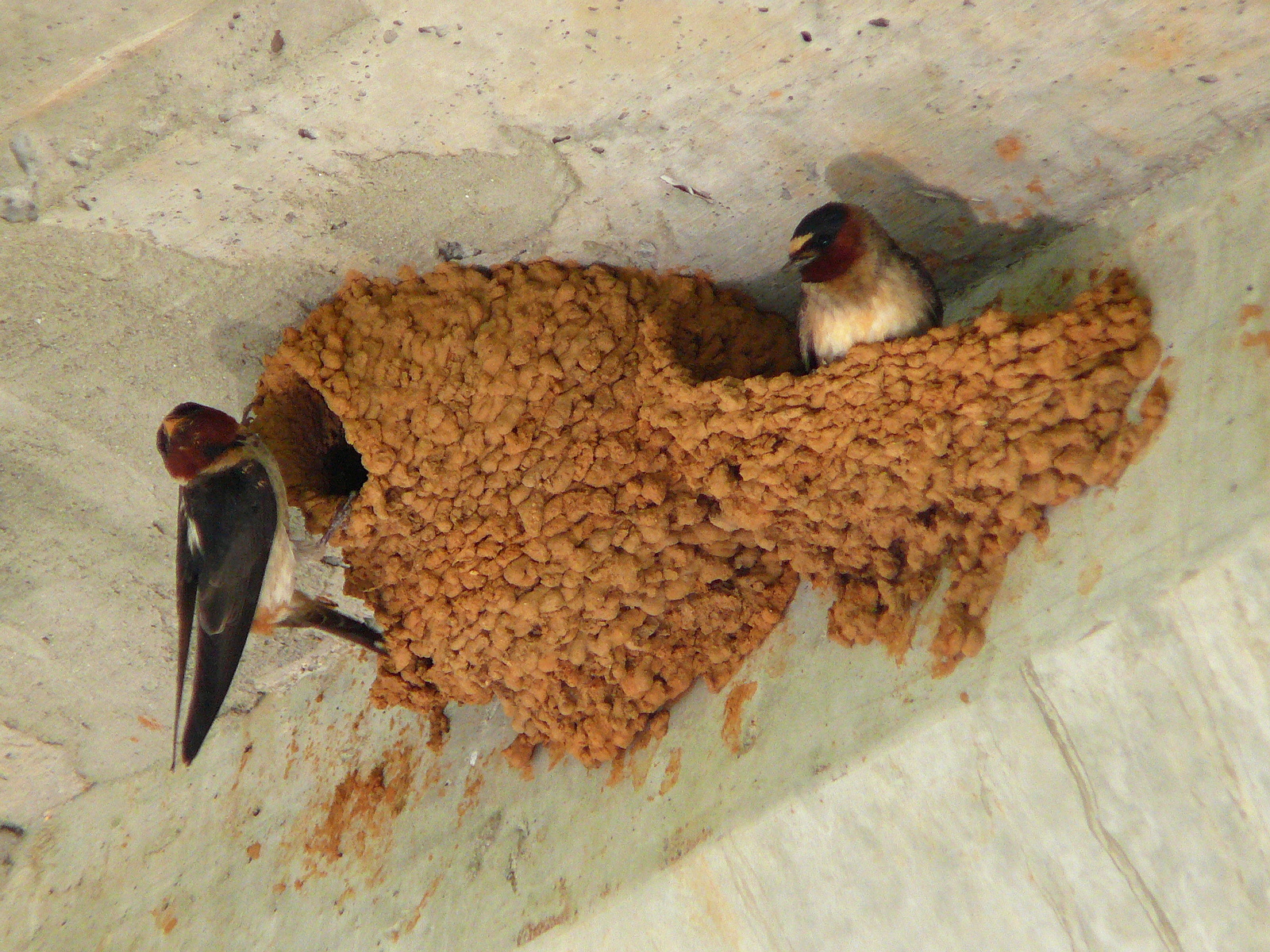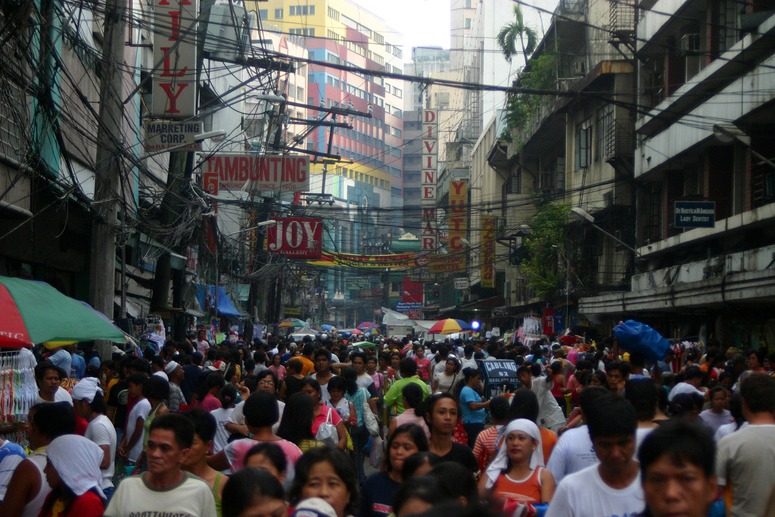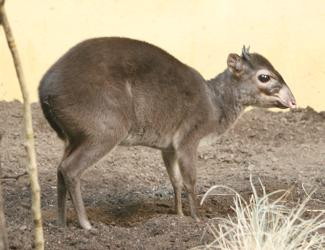Such appears to be the case for Eurasian bitterns (Botaurus stellaris), a species of European conservation concern that declined drastically between the 1970's and 1990's. This species traditionally lives in reed beds, which not only offer foraging habitat but also provide cover for individuals and active nests. In Italy, however, bitterns have been observed increasingly often in rice fields, which have many structural similarities to the birds' natural habitats.
(A stealthy Eurasian bittern, Botaurus stellaris)
Recently, collaborators from the Universita degli Studi di Pavia and the Universita degli Studi di Milano examined bittern rice field use in greater detail, in the hopes of understanding what habitat characteristics the birds are paying attention to when they decide to utilize these anthropogenic areas. Bitterns are notoriously difficult to spot, since they have camouflaging plumage and a knack for positioning their bodies to blend in with the vegetation. However, males produce loud percussive vocalizations--known as booms--during the breeding season; by listening for booms over successive nights, the researchers were able to find fields that were frequented by bitterns and, by process of elimination, also identify fields that the birds decided to avoid.
Over the course of a breeding season, the scientists were able to locate 9 booming males. Habitat characteristics were measured in each of the territories associated with these individuals; traits included those that varied throughout the season--height/density of rice plants, characteristics of vegetation along the borders of the field, amount of visible weed cover, degree of flooding--and those that were invariant--distance from buildings, distance from natural wetlands, and total area of the field. The same characteristics were measured in nearby control fields that were located adjacent to the territories but were never occupied. By comparing traits in the two types of field, the researchers could see whether the males were consistently attracted by particular habitat features--or, conversely, whether there were some things that consistently repelled them. The scientists also tracked these preferences throughout the breeding season in order to assess whether they changed over time.
(Agricultural field in Lomellina, Italy, where the study was conducted.)
Bitterns were more likely to choose larger rice fields with taller plants, more vegetation along the borders, and greater weed cover. The taller plants likely offer more camouflage and shelter; this is probably also a benefit of the border vegetation and weed cover, which also provide extra foraging space. In larger fields, bitterns would have more space in which to hide during the times when farmers come out to work. Bitterns were also more likely to be found in rice fields that were located near natural wetlands, which may be useful as sheltered resting sites or alternative foraging locations. Interestingly, the birds did not appear to be impacted by distance from buildings, suggesting that the birds could be fairly tolerant of humans.
Over the course of the study, during which time the rice plants grew considerably higher, bitterns seemed to care increasingly more about the overall size of the field, and less about whether the field banks were vegetated. The importance of larger fields later in the season coincides with the sensitive egg-laying period of the birds--a time when they would want to be as furtive as possible in order to ensure the success of their breeding attempts. More space offers more places to hide far away from the nest, thus helping keep its location secret. The decreasing relevance of vegetated borders throughout the season likely reflects the fact that the higher rice plants offer places to hide and forage (mainly on invertebrates and amphibians), so alternative tall vegetation is not needed nearby.
(A Eurasian bittern nest with one hatched chick)
Previous studies have found that rice fields are species-poor and less diverse than their natural wetland counterparts. Despite this, they do seem to act as refugia for some species--for instance, herons and egrets, which, like bitterns, are wading birds in the family Ardeidae. The current study found several habitat characteristics that were preferred by bitterns; this suggests that agricultural areas could be deliberately managed in such a way as to encourage bitterns to settle there--assuming that farmers can be convinced that the birds are not doing their fields any harm.
One worrying trend is the increased use of drought-tolerant rice, which does not require water until later in the summer. In agricultural areas where this strain of rice is used, fields may not be flooded during the time when bitterns are searching for suitable breeding habitat--causing the birds to bypass these areas and find alternatives, where possible, or skip breeding altogether. It is also possible that pesticide use could be harmful to the birds, both directly and by reducing food availability. Thus, the authors suggest that conservationists should work closely with farmers to teach them about bittern preservation and encourage them to use agricultural techniques that are beneficial not only to their crops, but also to local birds. The seasonality of bittern habitat preference should also be taken into consideration--no matter how well-intended, conservation efforts that occur during the wrong time of year may not do the birds any good.
---
Longoni, V., Rubolini, D., Ambrosini, R., Bogliani, G. 2011. Habitat preferences of Eurasian bitterns Botaurus stellaris booming in ricefields: implications for management. Ibis 153:695-706.
Thanks to the following websites for providing the images used in this post:
http://www.biodiversityexplorer.org/birds/ardeidae/botaurus_stellaris.htm
http://www.panoramio.com/photo/29748851
http://ibc.lynxeds.com/photo/eurasian-bittern-botaurus-stellaris/nest-eggs-one-chick-just-hatched



